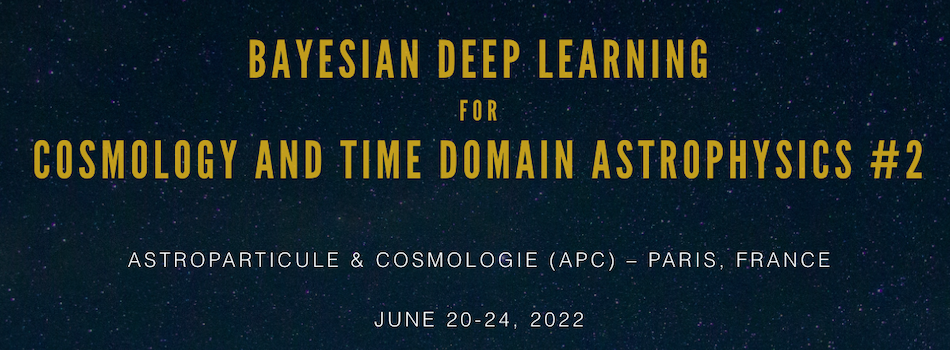In large scale structure cosmology, the information about the cosmological parameters governing the evolution of the universe is contained in the complex and rich structure of dark matter density field.
To date, this information was probed using simple human-designed statistics, such as the 2-pt functions, which are not guaranteed or expected to capture the full information content of the LSS...
One of the most important challenges in modern Cosmology will be to deal with enormous amount of data which will be produced by future cosmological and astrophysical surveys. Therefore, new methodologies such as Artificial Intelligence and Deep Learning (DL) should come to play to handle the computational expensive operations, automation and extracting of non explored data features and...
Modern cosmological experiments yield high-dimensional, non-Gaussian posterior distributions over cosmological parameters. These posteriors are challenging to interpret, in the sense that classical Monte-Carlo estimates of summary statistics, such as tension metrics, become numerically unstable. In this talk, I will present recent work where normalizing flows (NF) are used to obtain analytical...
The original Photometric LSST Astronomical Time-Series Classification Challenge (PLAsTiCC) established the gold-standard reference dataset of Rubin light curves and catalyzed the development of several deep learning algorithms for classification. However, to truly simulate LSST operations, we must simulate not light curves, *but real-time alert streams, complete with the contextual information...

